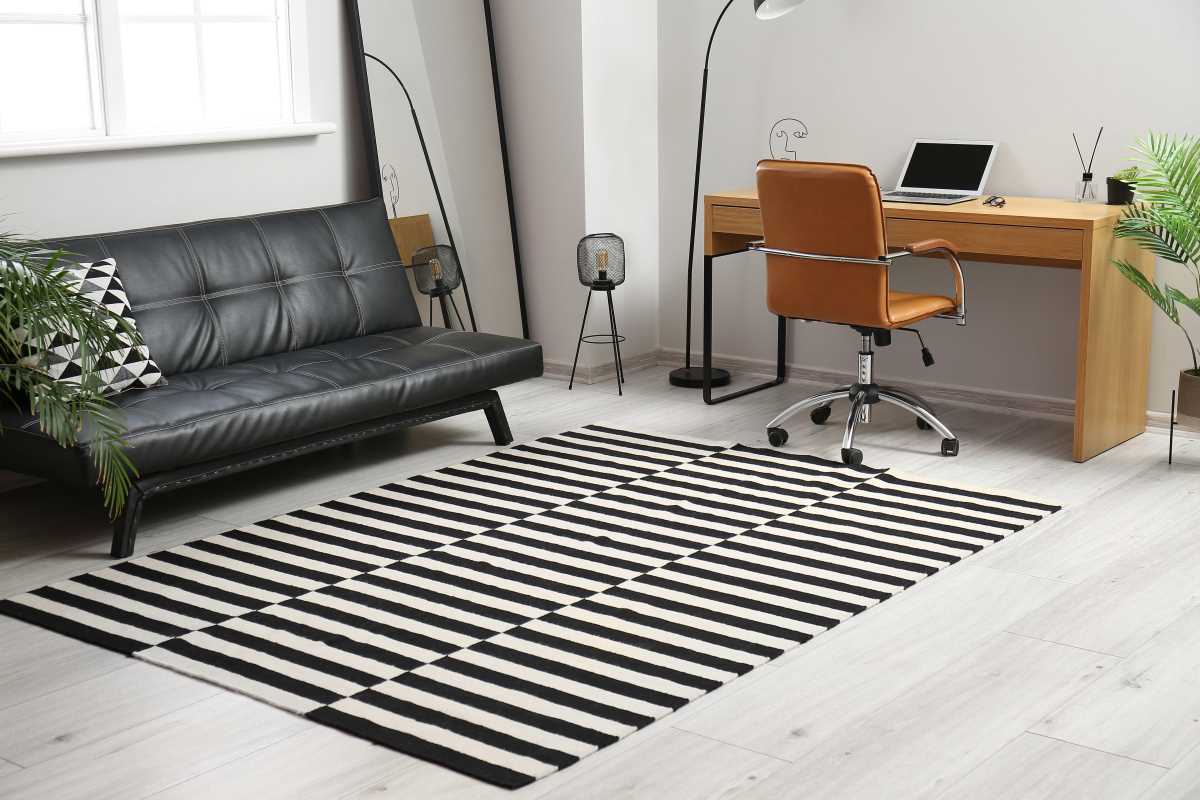Living in a small space often presents unique challenges, from limited storage to the constant battle between functionality and aesthetics. However, with the right approach, you can transform even the tiniest of spaces into a comfortable and efficient living area. One of the most effective ways to achieve this is by incorporating multi-functional furniture into your home design. These versatile pieces not only save space but also enhance the overall functionality of your living environment, making them indispensable for modern living.
Benefits of Multi-Functional Furniture
- Space Efficiency: Multi-functional furniture maximizes the use of limited space by serving multiple purposes, reducing the need for additional pieces.
- Cost-Effective: Investing in versatile furniture can be more economical in the long run, as it eliminates the need to purchase separate items for different functions.
- Enhanced Organization: These pieces often come with built-in storage solutions, helping to keep your space tidy and organized.
- Flexibility: Multi-functional furniture allows for easy rearrangement and adaptation to different needs or occasions.
- Stylish Design: Modern multi-functional pieces are designed to complement various decor styles, ensuring that functionality doesn't compromise aesthetics.
Creative Arrangement Strategies
- Utilize Vertical Space: Make the most of your walls by installing shelves, hanging storage units, or tall furniture pieces that draw the eye upward, freeing up floor space.
- Modular Furniture: Choose modular pieces that can be rearranged or expanded as needed, allowing your space to adapt to different functions throughout the day.
- Zoning: Define specific areas for different activities by strategically placing multi-functional furniture, such as a sofa bed in a living area that doubles as a guest bedroom.
- Hidden Storage: Incorporate furniture with concealed compartments to keep belongings out of sight, maintaining a clean and uncluttered look.
- Multi-Level Surfaces: Use furniture with multiple levels or surfaces to provide additional workspace or storage without taking up extra room.
Examples of Multi-Functional Furniture
When selecting multi-functional furniture, it’s important to consider pieces that seamlessly blend into your space while offering practical benefits. For instance, a sofa bed serves as both a comfortable seating area and a convenient sleeping solution for overnight guests. Similarly, a storage ottoman can function as a footrest, extra seating, and a place to store blankets or magazines. Another popular option is a fold-out dining table, which provides a spacious surface for meals and can be tucked away when not in use, freeing up valuable floor space.
Additionally, convertible desks can transform into dining tables or workspace areas, making them ideal for home offices that need to serve multiple purposes. These examples demonstrate how multi-functional furniture can adapt to various needs, ensuring that every piece contributes to a more organized and efficient living environment.
Design Aesthetics and Practicality
A common misconception is that multi-functional furniture compromises on style. In reality, many modern designs prioritize both aesthetics and practicality, ensuring that these pieces blend seamlessly with your existing decor. Clean lines, neutral colors, and sleek finishes make multi-functional furniture versatile enough to complement any interior design scheme, whether it's minimalist, contemporary, or eclectic.
Moreover, the practicality of these pieces often enhances their aesthetic appeal. For example, a modern bookshelf with hidden compartments not only looks elegant but also provides additional storage without disrupting the visual flow of the room. By choosing furniture that serves multiple purposes without sacrificing design, you can create a harmonious and functional living space that reflects your personal style.
Cost-Effective Solutions
- Invest in Quality: Purchasing high-quality multi-functional pieces may have a higher upfront cost, but they offer long-term durability and versatility, saving you money in the long run.
- D.I.Y. Projects: Customize existing furniture or create your own multi-functional pieces with simple DIY projects, reducing costs while adding a personal touch to your space.
- Prioritize Needs: Assess your living requirements and focus on purchasing furniture that addresses multiple needs simultaneously, avoiding unnecessary expenditures on single-purpose items.
- Repurpose Existing Furniture: Adapt and modify current furniture to serve new functions, such as adding storage solutions to an old coffee table or transforming a bookshelf into a room divider.
- Shop Smart: Look for sales, discounts, or second-hand options when purchasing multi-functional furniture to maximize your budget without compromising on quality.
Optimizing small spaces is entirely achievable with the strategic use of multi-functional furniture. These versatile pieces not only enhance the functionality of your living area but also contribute to a stylish and organized home environment. By thoughtfully selecting and arranging multi-functional furniture, you can create a space that is both comfortable and efficient, perfectly tailored to your lifestyle needs.







